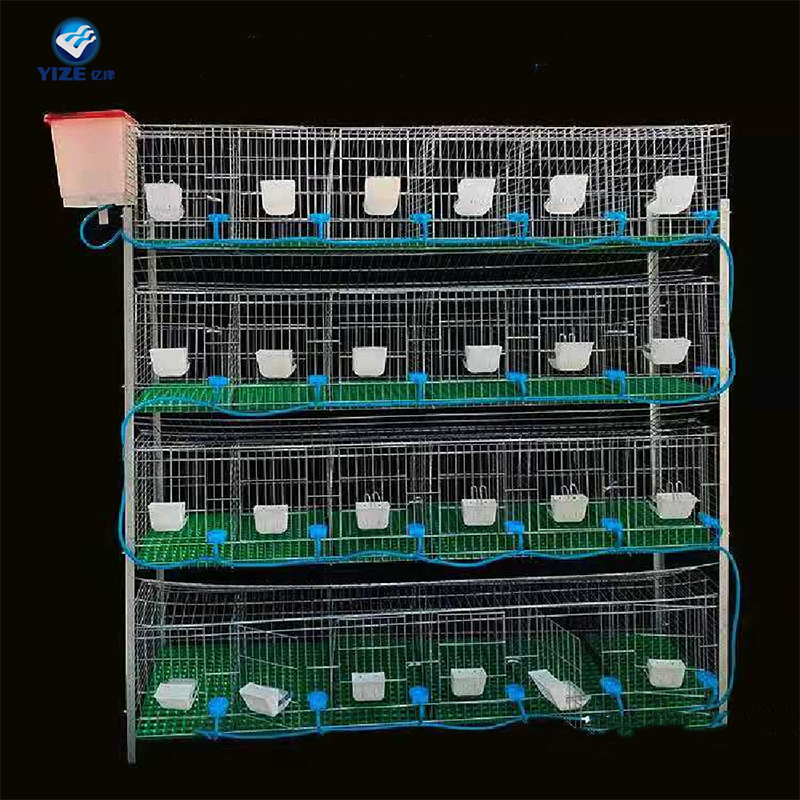vacuum packaging machines
Dec . 11, 2024 12:10 Back to list
vacuum packaging machines
The Importance of Vacuum Packaging Machines in Modern Food Preservation
Vacuum packaging machines have revolutionized the food industry by providing an efficient method of preserving food products for longer periods. These machines function by removing air from the packaging before sealing it, which helps to extend the shelf life of various items, including meats, vegetables, and prepared meals. With growing concerns about food waste and the desire for convenience, vacuum packaging has become an essential tool for both commercial food producers and home cooks alike.
How Vacuum Packaging Works
The process of vacuum packaging involves several steps. First, the food product is placed inside a specially designed bag or pouch. The vacuum packaging machine then sucks out the air, creating a vacuum seal around the food. Finally, the machine seals the bag, preventing air from re-entering and ensuring that the food remains fresh. The removal of oxygen is crucial because it inhibits the growth of aerobic bacteria and mold, which are responsible for food spoilage.
One of the primary types of vacuum packaging machines is the external vacuum sealer, often used in homes and small-scale operations. These machines are user-friendly, typically having a simple design featuring a sealing area where the bag is placed. More advanced options, such as chamber vacuum sealers, are popular in commercial settings due to their ability to handle larger volumes and provide superior sealing quality.
Benefits of Vacuum Packaging
1. Extended shelf life Vacuum packaging significantly slows down the spoilage process of food. By removing air, the growth of bacteria and mold is curtailed, allowing fresh produce, meats, and leftovers to stay consumable for days, weeks, or even months longer than conventional storage methods.
2. Cost-effective For businesses, vacuum packaging means reduced food spoilage and waste, directly translating to increased profitability. In homes, it allows consumers to buy in bulk and store items for future use, reducing the frequency of grocery purchases and, in turn, saving money.
3. Convenience Vacuum-sealed products are easier to store. They occupy less space in freezers and refrigerators and are perfect for sous-vide cooking, a method that involves cooking food slowly in a water bath at precisely controlled temperatures.
vacuum packaging machines

4. Food safety By preventing air exposure, vacuum packaging reduces the risk of contamination. This is particularly valuable for items like meats, which are prone to spoilage if not appropriately stored. Maintaining a vacuum seal also minimizes the chances of freezer burn, a common issue with frozen foods that can adversely affect taste and texture.
5. Marination and flavor enhancement Vacuum packaging promotes quicker marination of foods. When vacuum sealed, marinades are pushed into the food, intensifying the flavors and reducing the time required for preparation.
Applications Beyond Food
While vacuum packaging machines are predominantly associated with food preservation, their applications extend to various industries. In medical fields, they are used for sterilizing equipment and disposable items. Additionally, in manufacturing, vacuum packaging protects sensitive products such as electronics, ensuring they remain safe from moisture and oxidation.
Environmental Impact
The vacuum packaging process also contributes positively to environmental sustainability. By reducing food waste, it aligns with global efforts to combat food scarcity and improve resource utilization. Furthermore, many vacuum packaging materials are recyclable, allowing businesses and consumers to adopt more eco-friendly practices.
Conclusion
Vacuum packaging machines represent a significant advancement in food preservation technology, offering numerous benefits that enhance both the quality and longevity of food. As the demand for fresh, healthy, and conveniently packaged food continues to rise, these machines will play an increasingly vital role in our kitchens and food production facilities. Whether for maintaining the freshness of a gourmet meal or extending the life of everyday groceries, vacuum packaging proves to be a valuable solution in the ever-evolving landscape of food production and preservation. As consumers become more aware of the importance of reducing waste and maximizing food safety, the relevance of vacuum packaging machines will only continue to grow.
-
Hot Sale 24 & 18 Door Rabbit Cages - Premium Breeding Solutions
NewsJul.25,2025
-
Automatic Feeding Line System Pan Feeder Nipple Drinker - Anping County Yize Metal Products Co., Ltd.
NewsJul.21,2025
-
Automatic Feeding Line System Pan Feeder Nipple Drinker - Anping County Yize Metal Products Co., Ltd.
NewsJul.21,2025
-
Automatic Feeding Line System - Anping Yize | Precision & Nipple
NewsJul.21,2025
-
Automatic Feeding Line System - Anping Yize | Precision & Nipple
NewsJul.21,2025
-
Automatic Feeding Line System-Anping County Yize Metal Products Co., Ltd.|Efficient Feed Distribution&Customized Animal Farming Solutions
NewsJul.21,2025






